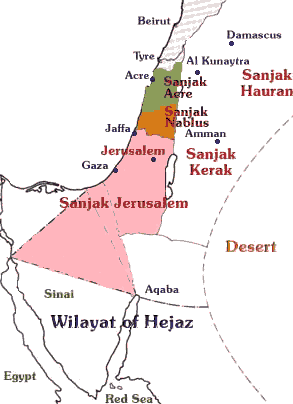Orderly government, until the death (1566) of Sultan Suleiman the Magificent, brought improvements and stimulated Jewish immigration. Some newcomers settled in Jerusalem, but the majority went to Safad where, by mid-16th century, the Jewish population had risen to about 10,000, and the town had become a thriving textile center as well as the focus of intense intellectual activity. During this period, the study of Kabbalah (Jewish mysticism) flourished, and contemporary clarifications of Jewish law, as codified in the Shulhan Arukh, spread throughout the Diaspora from the study houses in Safad. With a gradual decline in the quality of Ottoman rule, the country was brought to a state of widespread neglect. By the end of the 18th century, much of the land was owned by absentee landlords and leased to impoverished tenant farmers, and taxation was as crippling as it was capricious. The great forests of Galilee and the Carmel mountain range were denuded of trees; swamp and desert encroached on agricultural land. The 19th century saw the first signs of progress, with various Western powers jockeying for position, often through missionary activities. British, French and American scholars launched studies of biblical geography and archeology; Britain, France, Russia, Austria and the United States opened consulates in Jerusalem. Steamships began to ply regular routes between the Land and Europe; postal and telegraphic connections were installed; the first road was built connecting Jerusalem and Jaffa. The Land's rebirth as a crossroads for commerce of three continents was accelerated by the opening of the Suez Canal. Consequently, the condition of the country's Jews slowly improved, and their numbers increased substantially. By mid-century, overcrowded conditions within the walled city of Jerusalem motivated the Jews to build the first neighborhood outside the walls (1860) and, in the next quarter century, to add seven more, forming the nucleus of the New City. By 1880, Jerusalem had an overall Jewish majority. Land for farming was purchased throughout the country; new rural settlements were set up; and the Hebrew language, long restricted to liturgy and literature, was revived. The stage was being set for the founding of the Zionist movement. Sources: Israeli Foreign Ministry |
